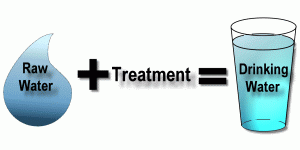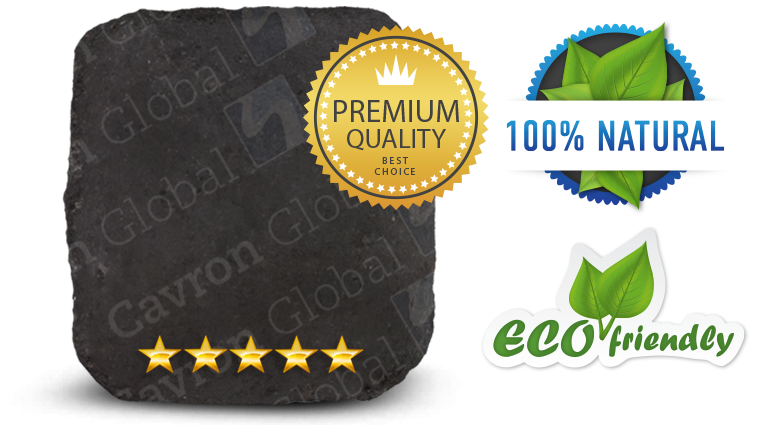
Selecting a water filter system for the kitchen, faucet, or bath can be challenge, given that there’re different filter types and brands on the market. This article will give you a quick look to help compare among the most popular methods for producing clean drinking water.
Activated Carbon Filters Media
Activated carbon filter media is produced by super-heating dried coconut husks in a low oxygen environment. The resulting “biochar” husk is a purified form of carbon, containing large amounts of cellular sized surface area, negatively charged to attract positively charged toxins. Toxins in the water become attached to the husk’s carbon surfaces. Over time, the attractive charge of carbon surfaces is neutralized, making it time to change the filter.
There are many types of carbon water filters that can be easy to install and are low in cost. The use of carbon filter media is wide spread, both in public and private water systems.
Carbon Filters – Two Basic Types:
- Carbon Block is a super heated carbon extrusion that forms carbon into a solid but porous block. Solid block carbon provides the properties of a sediment filter, while increasing the surface area. However, flow rate can be significantly slower than granulated activated charcoal.
- Granulated Activated Carbon (GAC) comes in various granule sizes depending on the application. Finer granular sizes have more surface area but can also produce a channeling effect. GAC is the most widely used form of carbon filter media.
Reverse Osmosis Filters
Reverse osmosis was originally developed to remove salt from sea water for military submarines. Now, besides sodium salt, the reverse osmosis process also removes all minerals. Yet, water without minerals can be a health problem. Disease and early death are more likely to be seen with the long term drinking of distilled water. Water produced by reverse osmosis is similar to the distillation process, purified yet, devoid of healthy minerals. However, minerals can be added after the RO or distillation.
Ceramic Water Filters
Ceramic filters are made from Diatomaceous Earth, a tiny fossil substance. Light weight ceramic filters are popular with hikers and campers, for the purpose to gather water that may have potentially harmful microbes. Yet, the flow rate of ceramic water filters is slow.
As the top layer of ceramic material becomes clogged with contaminants they can be scrubbed off and flushed away, thereby creating a new layer ready for filtering.



Be the first to comment on "A Guide To Water Filter Systems And Water Treatment"